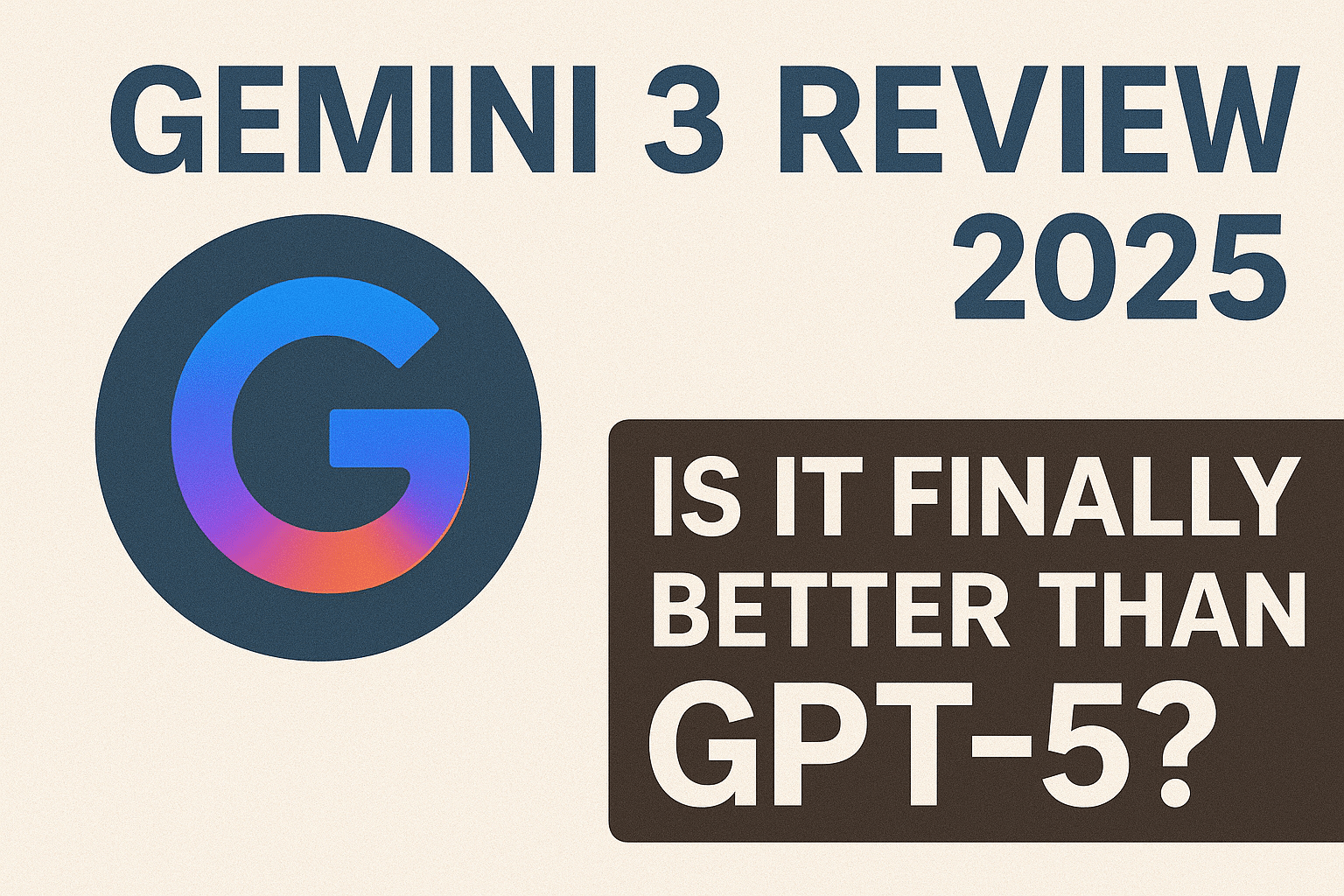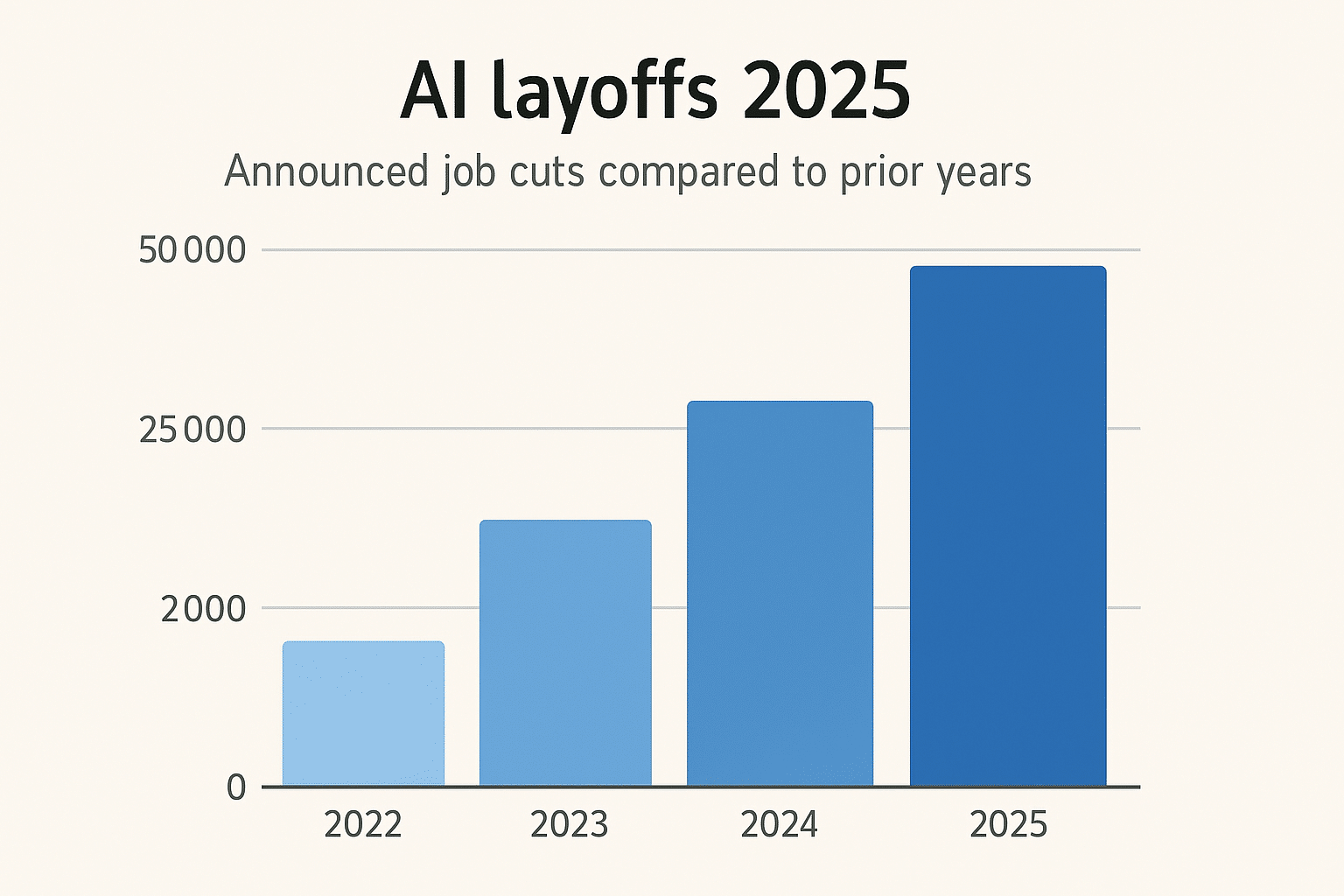We’ve all been there typing a question into ChatGPT, Claude, or another AI tool, only to get a response that completely misses the mark. The secret to getting professional-quality results from large language models (LLMs) isn’t just about what we ask, but how we ask it. Let’s deep dive into prompt engineering!
Welcome to the world of prompt engineering, where small changes in how we structure our requests can transform mediocre AI outputs into game-changing results. Whether we’re using a simple chat interface or diving deep into API integrations, mastering these techniques will help us unlock the full potential of AI tools.
Today, we’re breaking down 20 battle-tested prompt engineering techniques that professionals use to achieve consistently outstanding results. Let’s dive in!
Table of Contents
Choose Your Model Wisely
Not all AI models are created equal, and choosing the right one can make or break our results. Think of a context window as the model’s “working memory.” Larger windows (like Google’s Gemini 1.5 with up to 1 million tokens) can handle extensive documents and maintain longer conversations. But bigger isn’t always better—for simple tasks, a smaller context window is more efficient and cost-effective.
Match the Model to the Task:
- For coding: Consider Claude 3 or specialized IDEs like GitHub Copilot
- For privacy-sensitive work: Open-source models like Llama 3 offer local hosting
- For long-form content: Models with larger context windows excel
- For real-time applications: Choose models with lower refusal rates
Be Humble, Know AI’s Limitations
Understanding what LLMs can’t do is just as important as knowing what they can.
Where LLMs Excel: Summarizing long documents, generating and refactoring code, named entity recognition, pattern identification, and content drafting.
Where We Should Be Cautious: Factual accuracy (they can “hallucinate”), complex reasoning, up-to-date information, and domain-specific expertise requiring human verification.
The golden rule: We should treat LLMs as assistive tools that augment human expertise, not replace it.
Writing vs. Prompt Engineering
There’s a subtle but crucial difference between casually writing a prompt and strategically engineering one.
Writing a Prompt: We rely on intuition and experience to craft requests manually. This works well for straightforward tasks.
Prompt Engineering: We use systematic techniques, sometimes even asking AI to help optimize our prompts. This structured approach yields more consistent results.
The best strategy? Combine both methods: Start with our human intuition to set the foundation, use AI-assisted refinement to optimize phrasing and structure, and test based on results.
Talk Like a Trainer
AI trainers use specific communication patterns that we can replicate for better results.
Keep It Simple and Direct: Instead of “Would you mind elaborating on the nuances of this multifaceted topic?” try “Explain the key points of this topic in simple terms.”
Be Specific About Tasks: Use clear directive language like “Your task is to…” or “You must…” or “Focus specifically on…”
Use Role-Based Instructions: Starting with “You are a digital marketing expert…” or “You are a customer service representative…” helps the AI generate contextually appropriate responses aligned with that expertise.
Iterative Refinement
Great prompt engineering rarely happen on the first try. Iteration is our secret weapon.
The Refinement Cycle:
- Start basic: Create a simple initial prompt
- Analyze output: Identify gaps in accuracy, relevance, or clarity
- Modify the prompt is a prompt engineering as well: Always clarify instructions, add context, or adjust tone
- Repeat: Continue until we achieve the desired quality
Each iteration teaches us more about how the model responds to our specific needs. Remember: Prompt development is an ongoing process, not a one-time event.
Chain-of-Thought Prompting
When we need AI to tackle complex reasoning tasks, Chain-of-Thought (CoT) prompting or prompt engineering is our go-to technique.
How It Works: Instead of asking “What is the impact of quantum mechanics on computing?” we break it down: “First, explain the basic principles of quantum mechanics. Then, apply these principles to describe how quantum computers operate.”
Key Phrases That Trigger CoT:
- “Let’s think step-by-step”
- “Consider this first…”
- “Walk me through the reasoning”
Research shows that CoT prompting can double performance on challenging benchmarks, especially with larger models exceeding 100 billion parameters.
Contextual Memory Anchoring
Want AI to stay focused throughout a long conversation? We need memory anchors.
Setting the Anchor: Start with crucial context: “Remember, this article is about sustainable energy solutions focusing on solar and wind power.”
Reinforcing Throughout: In follow-up prompts, reference the anchor: “Based on our focus on solar and wind power, how would you explain the cost benefits of each?”
Without anchoring, AI can drift off-topic in extended conversations. Regular reinforcement keeps responses consistent and aligned with our goals.
The PARE Method of Prompt Engineering
PARE (Prime, Augment, Refresh, Evaluate) is our systematic framework for engineering high-quality prompts.
- Prime the Model: Load relevant information: “Tell me everything you know about restaurant accessibility in the United States for persons with disabilities.”
- Augment the Information: Have the AI ask clarifying questions: “Ask me any questions that would help locate restaurants that accommodate wheelchair users specifically.”
- Refresh: Check for gaps: “Is there anything we’ve forgotten or overlooked?”
- Evaluate: Quality check: “Evaluate all the information provided and let me know if anything is missing.”
This method ensures we haven’t missed critical details and that our prompt engineering is fully optimized before generating final outputs.
The RACE Framework
RACE (Role, Action, Context, Evaluate) gives us another powerful structure for prompt engineering which we have already designed.
The Four Components:
- Role: “You are an expert in digital marketing…”
- Action: “I want you to analyze current social media trends and provide recommendations…”
- Context: “Given the recent changes in social media algorithms, consider how these affect engagement strategies…”
- Evaluate: “Rate the effectiveness of your recommendations on a scale from 1 to 10.”
For even better results, we can combine RACE with PARE, using RACE for initial structure and PARE for refinement.
Prompt Engineering: Multimodal Models
Working with models that handle text and images requires special attention to structure.
The ROCC Framework for Multimodal Prompts:
- Role: “You are a visual analyst tasked with interpreting medical imagery.”
- Objective: “Identify any signs of abnormality in the provided X-ray images.”
- Context: Patient history and specific areas of interest
- Constraints: “Focus only on the chest region and ignore other artifacts.”
Order Matters: Always present inputs in a clear sequence. Example: “Image: [X-ray scan]. Question: Does the image show signs of pneumonia?”
Structure with Delimiters and XML
Structured formatting helps AI parse our inputs more accurately.
For ChatGPT: Use Delimiters – Quotation marks for direct commands, dashes or line breaks for sections, square brackets for optional elements.
For Claude: Use XML Tags – For example: <instruction>Generate a product description</instruction> <context>For a sustainable fashion brand targeting millennials</context>
Structure leverages the model’s training on formatted data, leading to more precise interpretation and better outputs.
AI Self-Evaluation
One of the most powerful techniques: having AI score its own work.
Creating a Scoring Rubric: Define clear criteria like Coherence (1-5 scale), Accuracy (1-5 scale), Completeness (1-5 scale), and Relevance (1-5 scale).
Implementation: After generating content, we prompt: “Evaluate the coherence of your response using a 1 to 5 scale. Explain your reasoning.”
Use Chain-of-Thought prompt engineering alongside evaluation to ensure the AI thinks through its assessment step-by-step, reducing potential bias toward its own outputs.
Learn Through Examples
Showing AI multiple examples dramatically improves its performance.
The Power of Diversity: We should provide examples from varied contexts: different writing styles, various domains, multiple formats, and diverse use cases.
Structured Example Format: For instruction-tuned models, we format examples with task description, input-output pairs, and optional demonstrations. The more representative our examples, the better the model generalizes to new tasks.
Create Artifacts for Clarity
For Claude users, Artifacts are a game-changer for creating reusable, visual content.
What We Can Create: Interactive React components, flowcharts and diagrams, educational quizzes, code snippets, data visualizations, and technical documentation.
Educational Applications: Teachers can design interactive lessons, mind maps, drag-and-drop exercises, and animated learning tools.
Business Use Cases: Dashboards, presentation materials, competitor analysis tools, and technical documentation. Artifacts make complex information accessible and engaging while being easily shareable and modifiable.
Master Templating
Structured templates transform vague requests into clear, actionable prompt engineering.
Using Delimiters: Special characters like ###, ===, or <<< >>> signal distinct sections. For example: ### CONTEXT ### We’re analyzing Q3 sales data for the APAC region ### TASK ### Identify the top 3 performing products and explain trends.
XML Tags for Claude: <context>Analyzing Q3 sales data for APAC region</context> <task>Identify top 3 performing products and explain trends</task>
We can even ask the model itself to reformat our vague requests into structured templates!
Behavior Tuning
Fine-tune AI behavior through strategic prompt engineering craft.
Targeted Phrases:
- “Explain step-by-step how…”
- “Provide a detailed breakdown of…”
- “Think aloud about…”
- “Describe your reasoning process…”
Iterative Adjustment: We rarely get behavior perfect on the first try. Adjust prompts based on response style, level of detail, tone and formality, and focus and relevance.
Setting Boundaries: For compliance-critical applications: “Only use information from the provided text” or “Do not include any personal data.” Small wording changes can have huge impacts on output quality and compliance.
Grounding
Grounding means providing relevant context that wasn’t in the model’s training data.
What to Include: Domain-specific knowledge, company policies, recent data or updates, industry-specific terminology, and real-world scenarios.
Retrieval-Augmented Generation (RAG): RAG enhances responses by retrieving relevant info from external knowledge bases, incorporating it into the prompt in real-time, and ensuring up-to-date, contextually accurate outputs.
Grounded models are less prone to hallucinations because they base responses on verifiable, provided information rather than potentially outdated training data.
System Prompt Engineering
System prompts set overarching instructions that guide AI behavior across all interactions.
Setting Up System Prompts: In OpenAI’s API: “You are a helpful assistant who always provides concise, accurate information.” This baseline instruction influences every subsequent response without needing repetition.
Best Practices:
- Use assertive, direct language
- Avoid unnecessary complexity
- Employ CAPITAL LETTERS for critical directives: “NEVER INCLUDE PERSONAL DATA”
- Tailor to specific use cases
System prompts ensure consistent behavior across sessions, reducing variability and improving user experience.
Tools and Hyperparameters
For those using APIs, we have granular control over model behavior through hyperparameters.
Key Hyperparameters:
- Temperature (0-1): Low (0.2) for more deterministic, focused, consistent responses; High (0.9) for more creative, varied, exploratory outputs
- Top-K Sampling: Limits the model to selecting from the top K probable tokens, making outputs more predictable
- Top-P (Nucleus) Sampling: Considers tokens whose cumulative probability reaches a threshold (e.g., 0.9), balancing creativity with coherence
- Logit Bias: Modifies probability of specific tokens appearing, letting us guide vocabulary choices
Function Calling: Modern models support function calling for mathematical calculations, data retrieval, JSON formatting, and structured data interaction. This delegates specialized tasks to dedicated functions, improving accuracy beyond pure language generation.
Synthetic Grounding
The most advanced technique: making AI an active partner in improving its own prompts.
Reflexion Technique:
- Generate initial response
- Ask AI to critique its output: “Evaluate the accuracy and coherence of your response”
- Have it suggest refinements
- Generate improved version
- Repeat as needed
Meta-Prompts: We use meta-prompts to challenge the model’s understanding, encouraging continuous adaptation and refinement.
Synthetic Data Generation: Create diverse training examples that help the model optimize for specific tasks through iterative feedback loops. Best for complex tasks requiring high accuracy like sentiment analysis, content moderation, or any scenario where we need nuanced, continuously improving outputs.
Conclusion: Your Prompt Engineering Journey Starts Now
We’ve covered 20 powerful techniques that professionals use daily to extract maximum value from AI tools. From choosing the right model to advanced API techniques like synthetic grounding, each method offers unique advantages for different use cases.
Key Takeaways:
- Start simple: Master basic techniques like clear instructions and context setting
- Iterate constantly: Great prompts evolve through testing and refinement
- Use frameworks: PARE, RACE, and ROCC provide structure for complex tasks
- Know the limits: Understand what AI can and can’t do well
- Experiment boldly: Different techniques work better for different scenarios
Remember: Prompt engineering isn’t just about getting better answers—it’s about transforming how we collaborate with AI to solve real problems. The future belongs to those who can effectively communicate with these powerful tools.
Ready to level up your AI game? Start applying these techniques today and watch your results transform!
What prompt Engineering techniques have worked best for you? Share your experiences in the comments below!
FAQ Prompt Engineering
What is prompt engineering?
Prompt engineering is the practice of designing and structuring inputs (prompts) so that generative AI models like ChatGPT or Claude produce useful, reliable responses. It usually combines clear instructions, context, constraints, and examples. Wikipedia+1
Why is prompt engineering important for AI tools like ChatGPT?
Because these models respond purely to text input, small changes in wording can dramatically change the output. Good prompt engineering reduces hallucinations, improves accuracy, and saves time by getting closer to “usable on first draft” results. Prompting Guide+1
What are the basic principles of good prompt engineering?
Most guides agree on a few core principles: be specific about the task, give relevant context, set format and length, define tone, and iterate based on the model’s answers. The article also adds frameworks like RACE and PARE to structure this process. OpenAI Platform+2Prompting Guide+2
Do I need coding skills to become good at prompt engineering?
No. Coding helps if you want to integrate prompts into apps or workflows, but the core skill is clear thinking and writing. Many successful prompt engineers come from writing, marketing, operations, or education rather than software engineering. Prompting Guide+1
What are the most useful prompt engineering techniques in 2025?
Popular techniques include role prompting, few-shot examples, chain-of-thought prompting, self-critique, structured formats (tables, bullet points), and frameworks like PARE, RACE, and ROCC for multimodal prompts. Wikipedia+2Prompting Guide+2
Is prompt engineering a real job or just a temporary trend?
There are dedicated “prompt engineer” roles, but many experts think the skill will spread across existing jobs (marketers, analysts, product managers) rather than remain a narrow title. It’s becoming a transversal skill like using spreadsheets or slide decks. El País+1
How is prompt engineering different from traditional programming?
Programming uses formal languages and strict syntax; prompt engineering uses natural language and works probabilistically. You don’t “control” the model line by line—you guide it with instructions, constraints, and examples, then refine through feedback. Wikipedia+1
How can I practice and get better at prompt engineering?
Pick a few real tasks (summaries, emails, analysis) and repeatedly: define the goal, write a prompt, check the result, and then tweak instructions, context, or examples. Save winning prompts as templates and test them on new inputs over time. Atlassian+2OpenAI Platform+2
What mistakes should I avoid when writing prompts?
Common mistakes include being too vague, mixing multiple tasks in one prompt, giving conflicting instructions, forgetting to specify the audience or format, and never iterating. Many users also fail to check factual claims or citations before publishing. Atlassian+1
Will prompt engineering still matter as AI models get smarter?
Models are getting better at understanding “lazy” prompts, but experts expect prompt skill to evolve rather than disappear—shifting from hacky tricks to higher-level design of workflows, system prompts, safety constraints, and tool selection. Business Insider+2Prompting Guide+2
Last Updated:
Related articles on Aihika.com
- How to Ask AI a Question: A Practical Guide with Examples
- Prompts Engineer: Mastering the Art of AI Communication
- ChatGPT for SEO: Complete Beginner’s Guide (2025)
- AI Tools for Routine Work: Automating the Mundane
- Meta Learning Mastery: The Ultimate Guide for AI
- Meta AI + Midjourney in 2025: Free Image & Video Creation









Leave a Reply